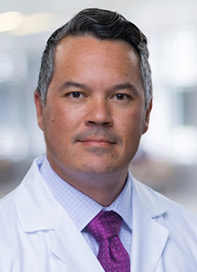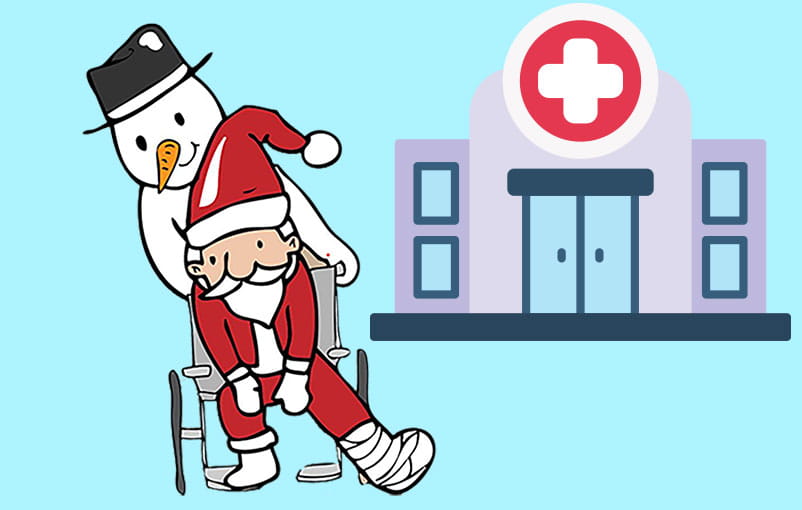The National Institute on Drug Abuse reports that more than 2 million Americans abuse opioids, and on average more than 90 Americans die every day due to opioid overdose.
According to the National Center for Drug Abuse Statistics, the widespread use and addiction to these drugs is a national epidemic. Opioid exposure cases handled this year by US poison control centers reached 18,354 by April, with most coming from California, Delaware, Texas and Florida.
Opioids are taken legally and illegally, but it should be reassuring to know that the risk of addiction to prescription narcotics is relatively low for those taking them as prescribed to control pain. Addiction most often occurs from recreational use. Opioids prescribed for pain relief include drugs such as oxycodone, hydrocodone, codeine, morphine and fentanyl among others.
Some people become addicted to opioids because these drugs activate receptors on cells within the brain, spinal cord and other organs. When opioids attach to the receptors, they’re able to block pain signals and at the same time release dopamine throughout the body. This is why opioids are so addictive, causing some individuals to seek out the drug to repeat the experience again and again.
Prescription opioids can change the chemistry of the brain and result in drug tolerance - over time more of the drug may be needed to get the same effect. The National Institutes of Health reveal that those who are addicted often make getting more of the drug their number one priority, in place of other responsibilities or attending to normal life activities and commitments. This shift in behavior can cause serious problems in a person’s professional and personal life. Even today, it’s still unknown why some people become addicted and others don’t.
According to the American Society of Anesthesiologists, some signs of addiction may include:
- Mixing with different groups of people or changing friends
- Spending time alone and avoiding time with family and friends
- Losing interest in activities
- Not bathing, changing clothes or brushing your teeth
- Being overly energetic, talking fast and saying things that don’t make sense
- Being nervous or cranky
- Quickly changing moods
- Sleeping at odd hours
- Missing important appointments
- Attending work or school on an erratic schedule
Opioids are used safely by many people who need them for severe pain management, but they carry the risk of being misused – that’s why patients who use them must be closely monitored by prescribing doctors.
“It’s our job as physicians to make sure our patients receive appropriate pain management treatment. We carefully weigh the benefits vs. risks for all treatment options and actively use evidence-based interventions to detect opioid misuse," said Dr. Ameet Nagpal, a UT Health San Antonio physiatrist and pain management physician at University Hospital.
Dr. Nagpal said these potent, but sometimes necessary drugs are carefully prescribed. He said, “Primary care clinicians and pain doctors follow specific guidelines recommended by the Centers for Disease Control and Prevention. The guidelines specifically outline when to start or continue opioids for chronic pain for a patient; it covers the impact of careful opioid selection, dosage, duration, timing of follow-up and recommendations on when to stop opioid use for a patient. And great consideration goes into assessing the risk for each patient as to whether opioid therapy will ultimately benefit or pose a potential harm for the patient.”
Signs of an opioid misuse problem
The National Opioid Action Coalition indicates that some people misuse prescription opioids when:
- They are taken in a dosage or manner other than prescribed
- Someone takes another person’s prescription medicine
- A patient takes prescribed medication to get high
“As pain management doctors, we follow strict protocols and strategies to prevent the misuse of opioids,” said Dr. Max Eckmann, a UT Health pain medicine specialist at University Hospital.
“We screen and follow-up with our patients regularly. We’re here to treat our patients as safely and effectively as possible. Opioids are a treatment that, when used in conjunction with other treatments, might be helpful when used appropriately for certain severe painful conditions,” Dr. Eckmann added.
Both prescribing physicians and patients need to have a full understanding of the power of these types of drugs. Patients who take them in excess and when no longer medically necessary are at risk for misuse.
What to do if you think you have an addiction to opioids
Make an appointment with a doctor or other clinician to get help. It’s best to get a referral to a medical professional who specializes in addiction medicine. Don’t try to stop this on your own. Get the support you need - search the American Society of Addiction Medicine’s website for addiction specialists in your area. The American Academy of Addiction Psychiatry also has a Patient Referral Program.
You can call: the Substance Abuse and Mental Health Services Administration at 1-800-662-HELP (4357) or go to their Behavioral Health Treatment Services Locator.
Access free or sliding scale drug and rehab resources in San Antonio.





